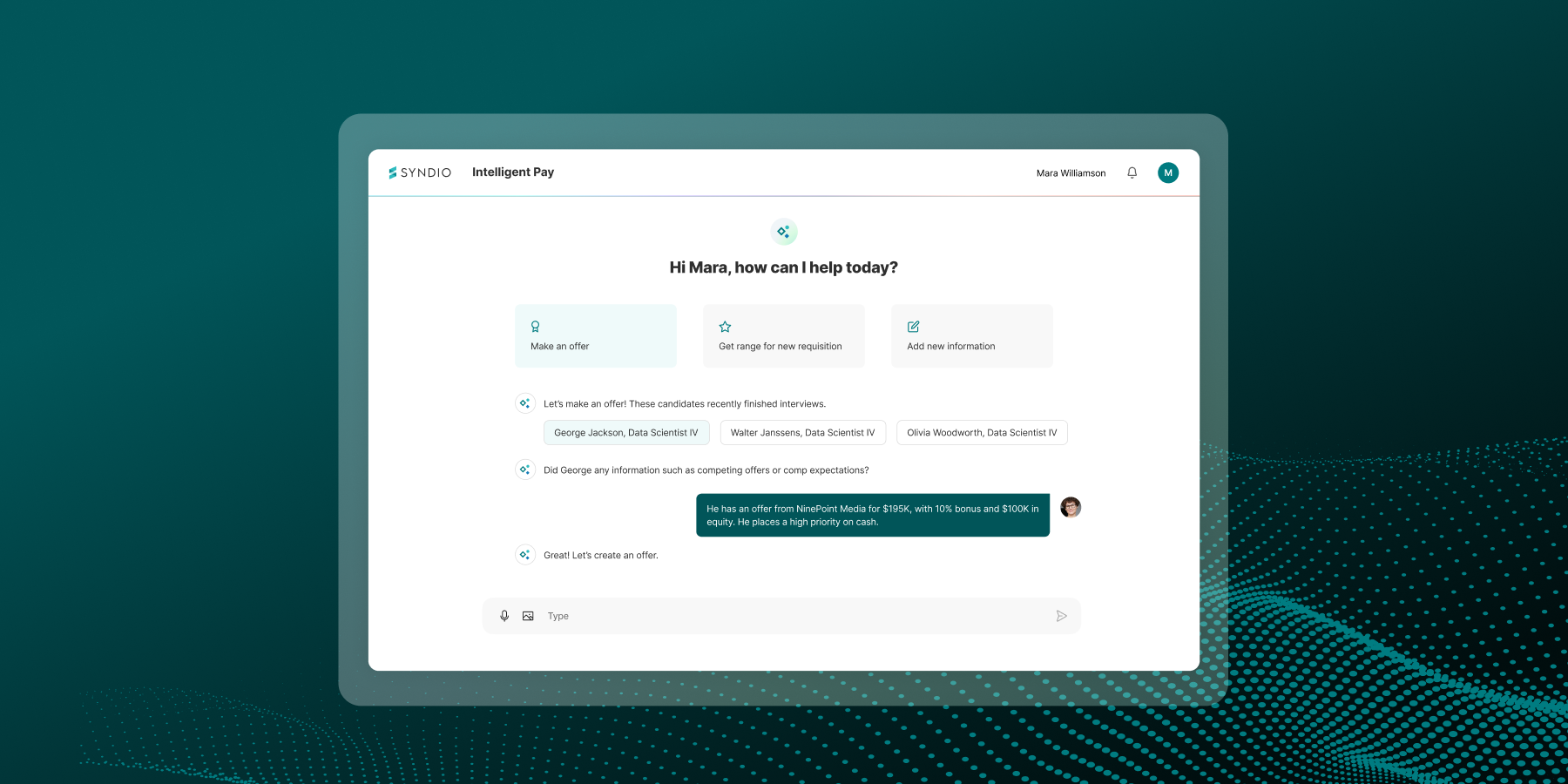Even though the UK is a global leader in the statistics it requires employers to disclose on gender pay gaps, many UK organisations are still in their infancy when it comes to collecting, analysing, and reporting on outcomes related to ethnicity. Our recent UK opportunity gap report (December 2022) demonstrated that workplace outcomes vary significantly by ethnicity. For example, white employees in the UK are more than twice as likely to be managers than their Black peers. One of the recommendations from the report of the Commission on Race and Ethnic Disparities was to provide a set of ‘ethnicity standards’ to improve information gathering.
Against this backdrop, the UK government issued guidelines for organisations who wish to collect, analyse, and report on ethnicity pay gaps. In this post, we provide a brief overview of the guidelines, highlighting what you need to know right now, while providing concrete steps you should take to begin collecting ethnicity data for your workforce in the UK.
Breaking down the ethnicity pay reporting guidance for UK employers
The end goal of the UK’s new guidelines is to allow organisations to analyse and report ethnicity-based outcomes, in the same way they already do for gender-based outcomes. There are two major barriers to delivering widespread ethnicity pay reporting from today’s limited coverage.
First, UK organisations typically do not collect ethnicity data as there is currently no statutory requirement to do so. It will take time and a concerted effort before private sector organisations have sufficient data regarding their employees’ ethnicity to conduct meaningful analysis. Collecting this data is work that organisations can and should begin now, even if unsure precisely when, or how, they will report on it.
Second, organisations can (and should) analyse trends in workforce outcomes in multiple, overlapping ways. Aggregation of racial groups allows for more robust analyses, statistically, and ethnicity is a special category under GDPR guidelines, meaning organisations have to be careful not to report the data in a manner that could identify specific individuals. However, aggregation also risks obscuring differences in outcomes between groups. For example, workers of Pakistani or Bangladeshi descent in the UK tend to have worse outcomes than those of Indian descent, and these differences may be lost when data is aggregated.
The new guidelines are clear on how to collect ethnicity data. They also highlight the decisions organisations will have to make, when determining which ethnicity groups they will be able to analyse and report for, including potential differences in internal and external reporting. Finally, the guidelines are explicit and detailed on how to calculate pay gaps using the same methodology as for gender-based reporting.
Best practices to start collecting ethnicity data from UK employees
Organisations in the United States have collected ethnicity data for decades based on reporting requirements stemming from the 1964 Civil Rights Acts. Increasingly, companies voluntarily capture other data around employee identity, such as sexual orientation. Based on the new UK guidelines, and our experience in collecting these data in the U.S., we present best practices for collecting these data from employees.
Provide context and assurances
Job candidates or employees will wonder why they are being asked to provide this information, particularly if they are not used to doing so. This is a good opportunity for the organisation to verbalise its commitment to workplace equity. An introduction to the data collection should include the following:
- An explanation of why the organisation is collecting the data on ethnicity.
- A description of how the organisation plans on using the data.
- An assurance that the data will be treated confidentially, and not reported in an individually identifiable way.
Allow employees to opt out
We will list this as a relevant option below, but it bears repeating: the provision of ethnicity data is voluntary, and employees should always have the option to withhold this information from their employer. This is typically accomplished by providing a “prefer not to respond” option, but employers may wish to reiterate that this is voluntary.
Provide relevant ethnicity options
The guidelines are a little tricky here, as they recommend different data collection approaches for each country within the UK, and reporting according to standards that harmonise and standardise across countries. However, they do acknowledge that not all organisations may have the ability to collect ethnicity data differently for each country within the UK. If possible, they recommend following country-specific guidelines. These include detailed groups within broader subcategories.
Determining the right categories depends on your organisation’s technological capacity to support multiple forms. The best-practice approach is to follow the Government Statistical Services standards for collecting data. However, an organisation can adapt data collection according to their needs if necessary.
Collect the data at multiple points in the employee lifecycle
Finally, it takes time to collect enough data on ethnicity for meaningful analysis. The most common and successful points in time for collecting the data are: at the point of application and during employee onboarding. An organisation should complement these approaches with a self-ID campaign that invites current employees to update their information. Completion rates on these campaigns tend to be lower as it typically requires an employee to complete the survey in addition to their daily tasks. As such, the most effective method for collecting these data for current employees is a concerted communications campaign with clear messaging and multiple reminders. In the U.S., organisations typically run these campaigns every year or every second year.
How to use ethnicity data to track and analyse pay gaps
Once you have enough data for a meaningful analysis, you can analyse your workplace outcomes for ethnicity in the same way you do for gender. A robust program tracks outcomes throughout the employee lifecycle and for multiple identity groups.
Throughout our Workplace Equity Analytics Platform, Syndio changes the analysis we conduct based on the outcome of interest and the sample size of the focal and comparison groups. Regression analysis is the gold standard for many analytical questions, but is not always possible. Furthermore, an analysis of the workforce has an additional layer of sensitivity when analysing differences between subgroups. We recommend being intentional about determining sample size thresholds, and conducting analyses at multiple levels of aggregation — both in terms of your organisation and in terms of ethnicity groups — to ensure you are not missing something.
“In today’s volatile labour market, companies need equitable compensation to strengthen their culture and drive better business outcomes. By using Syndio’s PayEQ® tool to accelerate EDGE certification, they’ll be able to identify equity gaps, design roadmaps to close those gaps, and prove that they value their employees to investors, regulators, and themselves.”
– EDGE Certification Founder, Aniela Unguresan
EDGE Certification provides a Standard and clear methodology for organisations to measure their gender and race / ethnicity pay gaps. EDGE Certification Founder Aniela Unguresan underlines that “gender and intersectional pay gaps are prevalent in our workplaces. To close the gaps an organisation should regularly measure these pay gaps, be transparent about the results and be accountable by implementing clear remediation processes and budgets as needed”. The EDGE Certification methodology measures the unexplained gender and intersectional pay gap based on a regression analysis which accounts for certain objectively justified factors. This gives an overall picture of whether men and women across their different race / ethnicities in an organisation are being paid equally for equivalent work.
Applying an intersectional lens
Increasingly, we see organisations in the U.S. combining their gender and ethnicity data to identify issues that may be particular to these intersectional classes. For example, for one U.S.-based client, there was one management level where women of colour saw a dramatic decrease in representation. However, this decrease was masked by relative increases among white women and men of colour.
What data can legally be collected?
There are laws in place that protect the privacy of individuals’ data, but these guidelines provide reassurance that private sector organisations can and should collect race and ethnicity data. The government has provided additional guidelines on collecting and storing the data, including a discussion of the relevant laws. Ethnicity data is considered a special category data under GDPR, which does require special treatment but clearly does not preclude the collection or analysis.
Get ahead now and differentiate your employer brand
Although collecting ethnicity data is currently voluntary in the UK, more and more organisations are acknowledging ethnicity-based differences in outcomes in the workplace and committing to do right by their workers, regardless of their background. For example, both Shell in the UK and Deloitte in the UK, as highlighted in the 2022 Workplace Equity Communications Lookbook, go beyond the required pay gap reporting to voluntarily disclose pay gaps across ethnicity.
Collecting and analysing ethnicity data is a critical step in creating and maintaining an equitable workplace. Further, the data collection takes time — particularly as newly-hired employees are the most likely to provide it. This is an opportunity to communicate and demonstrate your commitment to workplace equity, and organisations who do not act upon the government guidelines now will be unable to analyse and report their outcomes, even as it starts becoming common practice — or potentially a requirement — in the years to come.
Looking for more strategic advice around workplace equity transparency? Check out our Communications Playbook at the link below.
The information provided herein does not, and is not intended to, constitute legal advice. All information, content, and materials are provided for general informational purposes only. The links to third-party or government websites are offered for the convenience of the reader; Syndio is not responsible for the contents on linked pages.


